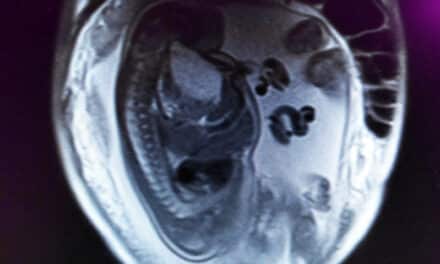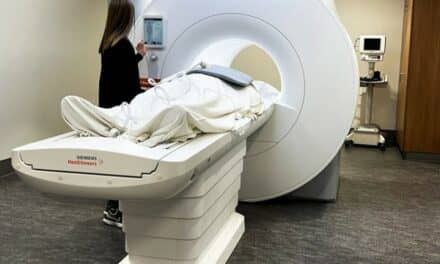 As stress echocardiography and nuclear medicine continue their important work in studying wall motion and perfusion, cardiac MRI is closing in on these cardiac-imaging staples. The modality continues to capture the attention of cardiologists and radiologists who are making it their business to recognize the modality’s expanding capabilities in determining cardiac function, perfusion and viability.
As stress echocardiography and nuclear medicine continue their important work in studying wall motion and perfusion, cardiac MRI is closing in on these cardiac-imaging staples. The modality continues to capture the attention of cardiologists and radiologists who are making it their business to recognize the modality’s expanding capabilities in determining cardiac function, perfusion and viability.
Although hurdles, including education and training needs, reimbursement questions, technological challenges, and turf issues remain, cardiac MRI’s promise is becoming clinical reality. Since the inception of the modality, technological advancements, including parallel imaging with faster acquisition, have moved MRI on its way to providing important cardiac diagnostic information on everything from small hearts in children with congenital defects to adult patients with suspected cardiac problems.
One of the most important questions in patients with coronary artery disease is whether they have ischemia (inadequate blood flow) under situations with stress. There are two ways to look at that: wall motion with stress or perfusion with stress. The wall motion with stress is based on what is now typically done with echocardiography. The stress perfusion images are performed with nuclear medicine techniques. MRI is working to mimic those two diagnostic techniques.
Please refer to the March 2002 issue for the complete story. For information on article reprints, contact Martin St. Denis





